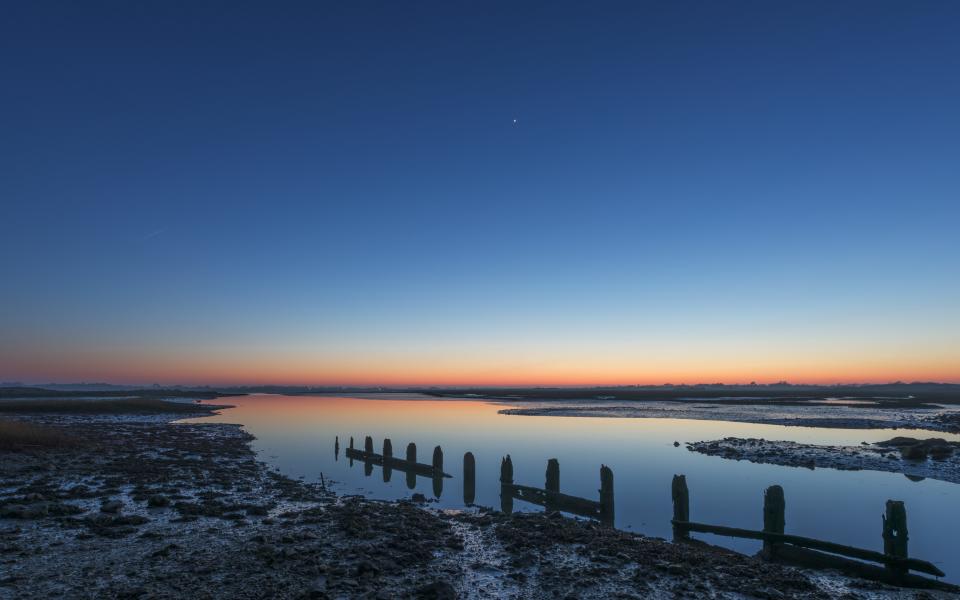Daring plan to encase ship in Arctic ice will provide more accurate weather forecasts
A groundbreaking project to sail a huge research ship into the Arctic, and allow it to become encased in ice so it can monitor the climate, will bring more accurate weather forecasts for Britain.
The trapped icebreaker will be carried by slowly flowing ice on a 2,500km journey across the North Pole, allowing scientists to take measurements and make observations that have never before been possible in the harsh Arctic winter.
The daring scheme is inspired by the 1893 expedition of Norwegian explorer Fridtjof Nansen, who trapped his vessel, the Fram, in sea ice in the hope that the gradual drift of the ice sheet would carry him to the North Pole.
Although Nansen ended up hopelessly off course, and abandoned the mission, the Fram eventually popped out near Greenland, proving that parts of the Arctic ice sheet are flowing gradually southwards.
Now more than 100 years later, scientists from 50 research institutions, including the British Antarctic Survey, are planning to sail the huge icebreaker Polarstern into the North Pole, trap it in sea ice, and allow it to drift along with ice sheet for a year.
Satellite research stations will also be placed around the ship to simultaneously carry out more than 100 scientific experiments, in the biggest research project ever carried out in the Arctic.
The team want to collect detailed climate data which cannot be gleaned from satellites to improve weather forecasts and climate models.
The bold venture, called MOSAiC (Multidisciplinary drifting Observatory for the Study of Arctic Climate), will set sail in 2019.
Co-leader Professor Markus Rex, from the Alfred Wegener Institute in Potsdam, Germany, said: "The plan is to travel in summer when sea ice is thin and sea extent is much smaller.
We can travel along the Siberian coast and then make our way with our ice-breaker to the Siberian sector of the Arctic. Then we just stop the engines and drift with the sea ice.
"As the season proceeds the sea ice will grow and by late November we'll sit in solid sea ice. It will get colder; the ice will grow in extent and thickness. By then we'll have set up a network of stations on the ice, some close and some 20 or 30 km away.
"We'll have a network of stations on the ice with a central observatory. The whole thing will drift across the Arctic. During winter it will be completely dark and we won't be able to move. We'll just passively drift across the polar cap until we reach the Fram Strait.
"In winter the ice is too thick to travel through the ice, we can’t break it. It would be way too dangerous to go on snowmobiles, and we have many many containers of big instruments for studying the climate systems which we could never bring in snowmobiles."
Knowledge gained from the expedition could transform scientists' understanding of climate change and even help forecasters improve their predictions of weather in the UK, said Prof Rex, speaking at the American Association for the Advancement of Science (AAAS) annual meeting in Boston, Massachusetts.
What happens in the Arctic, where climate change is occurring faster than anywhere else on Earth, has a major impact on the weather in northern Europe and North America.
Yet the forces at work are not well understood, because gaining access to the region to carry out ground-based studies is so difficult.
"There are many many really small scale processes which affect the climate on a regional and global scale in the Arctic which we can't observe from a satellite," said Prof Rex.
Recorded levels of Arctic sea ice show a much faster rate of decline than computer simulations predict. That suggests vital information is missing from the models, the professor pointed out.
Strong warming in the Arctic affects weather in Northern Europe because it reduces the temperature contrast between low and high attitudes.
This leads to lighter winds that meander instead of blowing in a more contained circular "zonal" pattern and "more frequent and cold air outbreaks from the Arctic," said Prof. Rex.
On October 17, 2008, Polarstern was the first research ship to ever travel through both the Northeast Passage and the Northwest Passage in one cruise, thus circumnavigating the North Pole.

 Yahoo News
Yahoo News 



